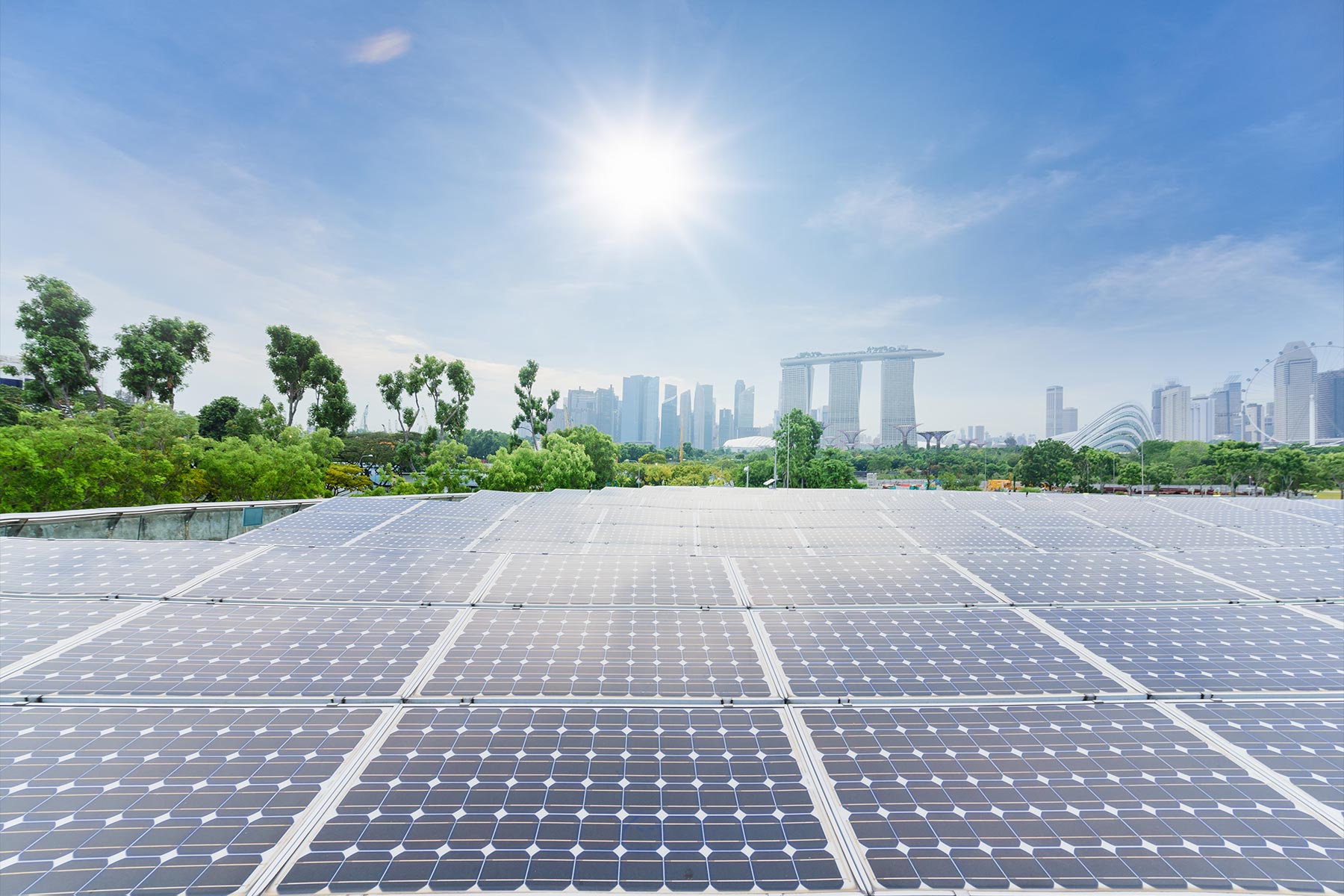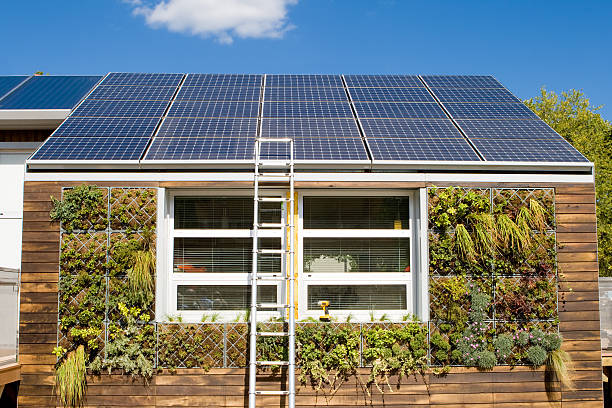As the world races toward a low-carbon future, the solar industry stands at the forefront of the clean energy revolution. However, widespread adoption of solar energy isn't just a result of falling panel prices and increasing environmental awareness—government incentives have played a pivotal role. From tax credits and subsidies to net metering
As the world races toward a low-carbon future, the solar industry stands at the forefront of the clean energy revolution. However, widespread adoption of solar energy isn't just a result of falling panel prices and increasing environmental awareness—government incentives have played a pivotal role. From tax credits and subsidies to net metering and green bonds, financial support from public policy is shaping the future of solar finance. Let’s explore how these incentives work, their evolving role, and what the future holds for solar investments.

Solar power, once considered expensive and niche, is now a mainstream energy solution in many countries. One of the key reasons? Government incentives.
Many governments provide direct financial support to lower the upfront cost of solar systems. In the U.S., the Investment Tax Credit (ITC) allows residential and commercial solar users to deduct a significant portion of installation costs from federal taxes. Similar programs exist in India, Australia, Germany, and many others.
To reduce dependency on imports and encourage domestic innovation, countries like India and the U.S. have introduced production-linked incentives (PLIs) for local solar panel and battery manufacturing. This helps create jobs and ensures supply chain resilience.
Net metering policies allow solar system owners to sell excess electricity back to the grid, reducing their monthly bills and shortening payback periods. It also incentivizes more efficient energy use and enhances grid stability.
RECs provide a way for utilities and businesses to support renewable energy, even if they don’t install solar themselves. In some regions, solar generators earn RECs which can be sold to companies needing to meet renewable energy obligations.
As traditional subsidies begin to phase out in some markets, solar finance is evolving. Here are some key trends defining the future:
Institutional investors are increasingly turning to green bonds—fixed-income instruments specifically earmarked for renewable energy projects. Governments and development banks are backing solar initiatives through climate funds like the Green Climate Fund and the World Bank’s Climate Investment Funds.
Especially popular in developing regions, PAYG systems allow customers to access solar with little or no upfront cost, paying gradually through mobile payments. Microfinance institutions and NGOs are teaming up to fund small-scale solar installations across rural Africa and Asia.
Businesses are entering long-term Power Purchase Agreements (PPAs) with solar developers to lock in clean energy at predictable rates. These deals are attractive to companies looking to meet sustainability targets and hedge against energy price volatility.
Governments are now supporting community solar and microgrids to bring clean electricity to remote areas without relying on large-scale infrastructure. These projects often receive grants, concessional loans, or viability gap funding.
Despite strong progress, solar financing still faces challenges:

The future of solar finance lies in collaboration—between governments, private investors, and communities. Incentives must evolve to support not just deployment, but innovation, resilience, and equitable access. With global momentum behind the clean energy transition, targeted incentives can unlock trillions in investment and reshape the global energy landscape.